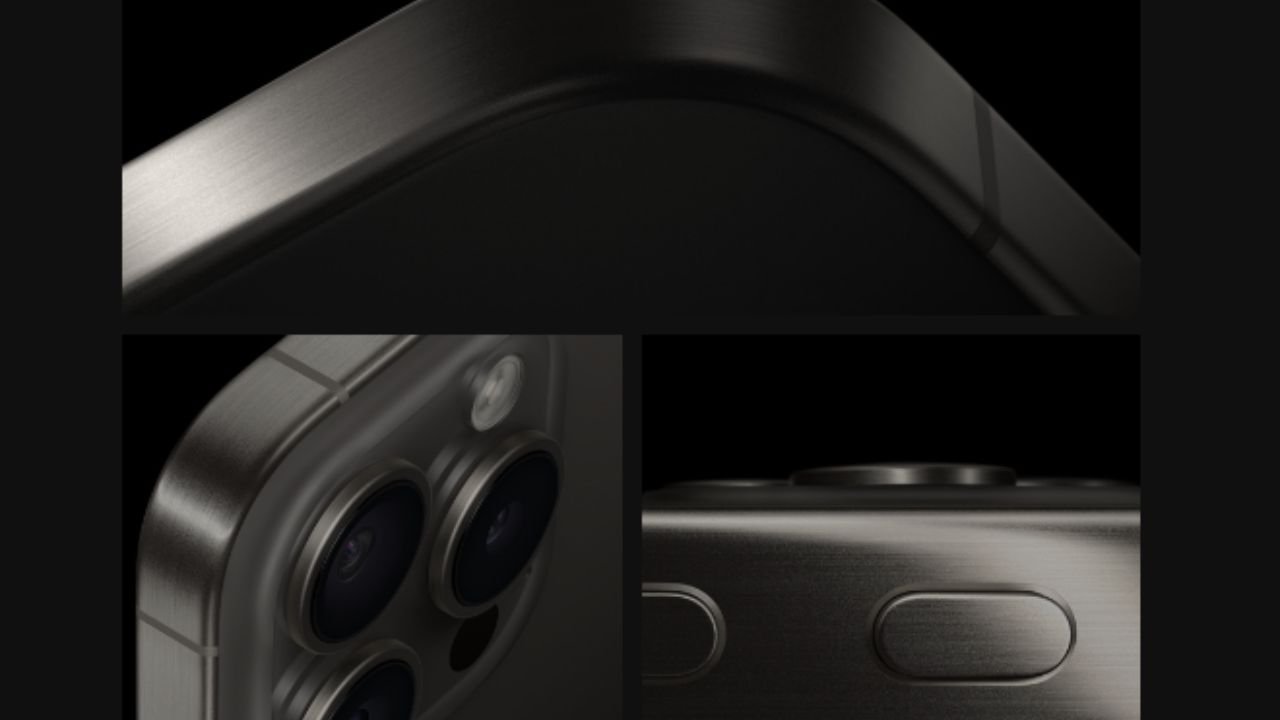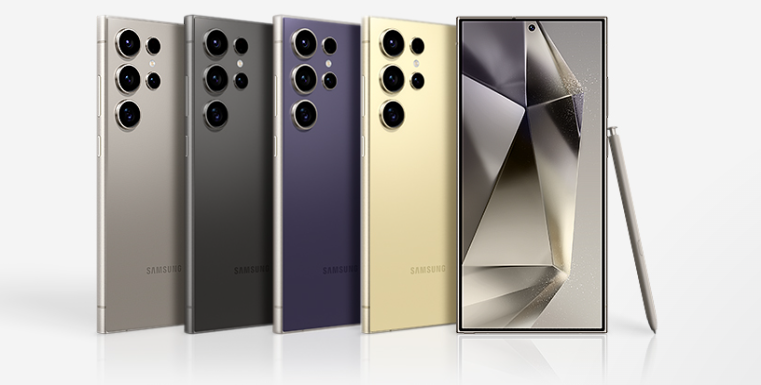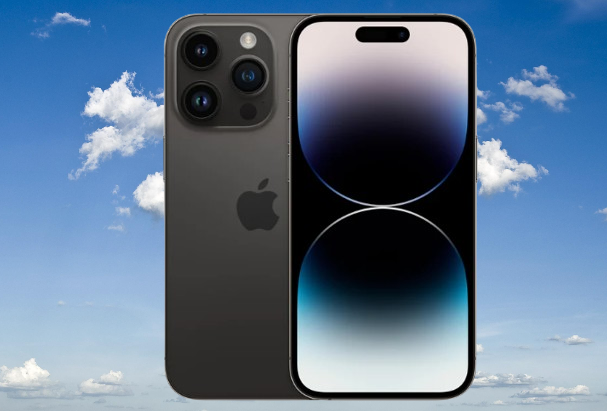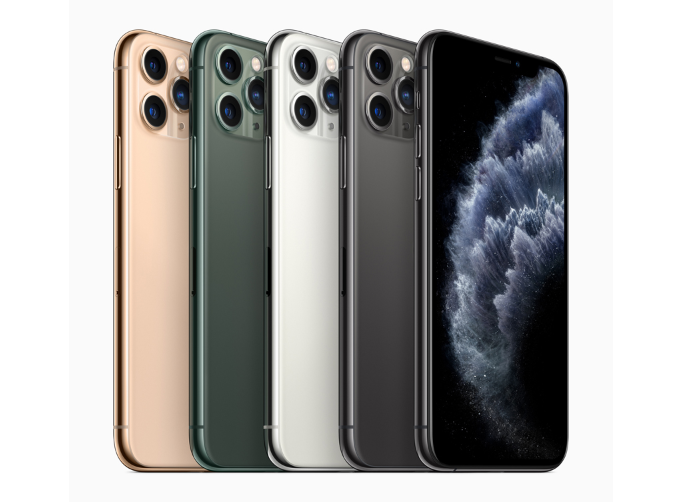Sony’s newest flagship earbuds, the WF-1000XM5, bring substantial improvements to the table, but the lack of ecosystem integration could become a limitation in the future.
Are you keeping up with the latest trends? We’re at a pivotal moment in the evolution of noise-canceling earbuds. Any premium set from reputable brands like Sony, Bose, Apple, or Samsung can effectively eliminate background noise and distractions. As these products have mastered their primary function, companies are now differentiating through smarter, more adaptive features powered by AI and machine learning.
Sony’s latest offering, the WF-1000XM5, priced at $299.99, advances upon the popular WF-1000XM4 with enhancements in design, sound quality, and noise cancellation. While there’s no single groundbreaking feature, Sony has addressed several shortcomings of the previous model, hoping to win over new and returning customers alike. The WF-1000XM5 maintains the high-fidelity LDAC Bluetooth codec, offers more flexible controls, and delivers clearer voice calls than any of Sony’s previous flagship earbuds. However, potential buyers might want to consider a few factors before making a purchase.
The Glossy Finish: A Design Flaw?
Before diving into the technical specifics, let’s discuss a seemingly minor but surprisingly significant design issue. The glossy finish on these earbuds makes them difficult to remove from their case compared to the all-matte WF-1000XM4s. The sleek, glossy surface offers less grip, making it challenging to pluck the earbuds from their magnetic cradles. If your fingers are greasy or sweaty, the task becomes even more frustrating.
While the glossy/matte combination gives the new earbuds a more sophisticated and stylish appearance, it also introduces a practical drawback. I never experienced this issue with the WF-1000XM4s or even the older WF-1000XM3s. This seemingly trivial problem has become a recurring annoyance. Though it’s not a deal-breaker, removing the earbuds should be an effortless task. To avoid the struggle, I’ve resorted to pushing each earbud out with my thumb rather than attempting to pinch them with two fingers.
Comfort and Ergonomics: A Significant Improvement
Once you manage to get the WF-1000XM5s into your ears, the experience is markedly more comfortable than with the bulkier WF-1000XM4s. These new earbuds are 25 percent smaller and 20 percent lighter, but the difference feels even more pronounced when you’re wearing them. The WF-1000XM4s were already somewhat oversized and heavy for their time, so Sony’s latest model finally strikes a better balance.
Additionally, the case has been reduced in size by 15 percent. While the AirPods Pro case remains slimmer, Sony’s case is now more pocket-friendly and includes wireless charging.
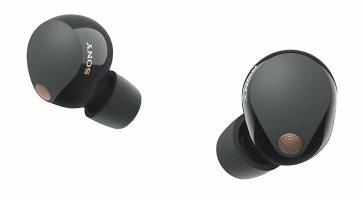
Improved Foam Ear Tips
Sony has made significant enhancements to its proprietary foam ear tips with the WF-1000XM5. This new version includes an extra-small pair in addition to the small, medium, and large sizes. The latest tips feature less firm plastic beneath the foam, increasing their flexibility and making them easier to compress before inserting the M5s into your ears. These improvements build on the already impressive foam tips from the M4s, with Sony claiming that the material helps reduce high-frequency noise, contributing to overall noise cancellation.
Enhanced Noise Cancellation
The noise cancellation capabilities of the M5s have been upgraded significantly. With six microphones and two processors, these earbuds excel at monitoring ambient sounds and minimizing external noise. Sony claims that these earbuds are particularly effective at analyzing and blocking low-frequency sounds like those in airplane cabins or on buses, and are more adept at reducing everyday street noise. They also perform better than the M4s at lowering human speech, though the difference is subtle. Additionally, there’s a reduction in wind noise, thanks to the repositioned microphone inlets designed to minimize distortion from the elements.
Competitive Performance
In my tests, the 1000XM5s proved to be on par with Bose’s QuietComfort Earbuds II and the second-generation AirPods Pro. While Sony leads in audio quality, it still lags slightly behind in delivering a natural and convincing transparency mode. However, the M5s are not a generational leap in ANC performance over the M4s, but they do offer noticeable progress, especially in terms of comfort.
Sound quality has also seen improvements. The M5s feature an 8.4mm driver in each earbud, compared to the 6mm driver in the M4s. This change, according to Sony, enhances tonal accuracy and bass reproduction. The M5s also boast a superior DAC and lower harmonic distortion. These enhancements are most noticeable to those with sharp hearing, using the LDAC codec, and listening to high-bitrate audio from services like Amazon Music, Apple Music, Tidal, and Qobuz. Most Android phones default to lower bitrates for a stable Bluetooth connection, but adjustments can be made in developer settings for maximum performance.
Superior Voice Call Quality
The sound signature between the M4s and M5s remains similar. If you didn’t like the M4s, the M5s won’t drastically change your opinion. However, the M5s do offer a more dynamic and detailed sound, rivaling the Sennheiser Momentum True Wireless 3s and the Technics EAH-AZ80 earbuds.
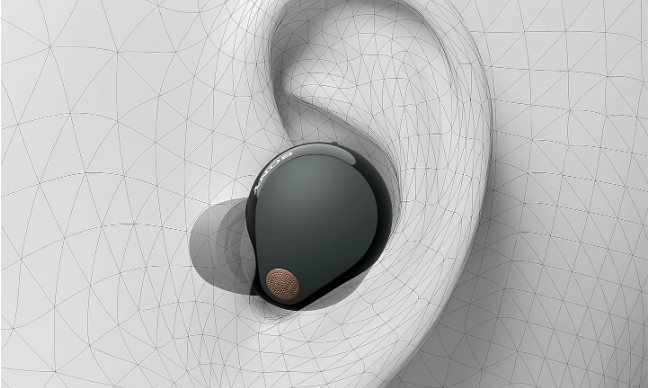
A significant upgrade is in voice call quality. Sony utilized over 500 million voice samples to train the M5s’ AI algorithm, enhancing its ability to recognize and isolate your voice from background noise. Additionally, a new bone conduction sensor helps distinguish your voice from surrounding sounds.
During Google Meet calls with noise reduction disabled, my colleagues noted that my voice came through clearly, despite a slight echo. They could hear me perfectly, even with a fan running in the background. Test phone calls made from a local coffee shop also yielded positive feedback. Typically, wireless earbuds are my last resort compared to a wired set with an inline mic, but Sony’s offerings — the LinkBuds, LinkBuds S, and now the 1000XM5s — are proving to be strong contenders in this category.
Lagging Behind Ecosystem Giants
Sony’s struggle with its Xperia smartphones has put it at a disadvantage compared to Apple, Samsung, and Google, who have successfully created seamless ecosystems between their phones and earbuds. These brands offer native integration at the operating system level, while Sony relies on its Sony Headphones Connect app for Android and iOS to provide additional functionality. This approach introduces more friction and limitations. For instance, Apple’s upcoming Adaptive Audio feature for the second-gen AirPods Pro will automatically adjust noise cancellation and transparency modes based on your surroundings, requiring no more than a simple toggle switch. Conversely, Sony’s Adaptive Sound Control demands multiple permissions and can behave inconsistently. Furthermore, registering for an account is necessary for the app to learn and optimize settings based on your usage.
Spatial Audio Challenges
For Android users, the 1000XM5s introduce head tracking for spatial audio, compatible with apps like Netflix and YouTube. However, enabling this feature involves several steps, including toggling head tracking in Bluetooth settings and completing an optimization process in Sony’s app. Even after following these steps, issues may still arise, as I experienced with Netflix and YouTube on a Pixel Fold. This complexity stands in stark contrast to the smoother integration seen with Samsung and Apple’s approaches. I have reached out to Sony for clarification on these issues.
Comprehensive App Features
Sony’s Headphones Connect app is packed with features, including an extensive online manual. It can track your listening habits and volume preferences and even enable head gestures for answering calls or activating autoplay. However, the app’s overwhelming array of settings and occasional awkward translations can be daunting. Despite the 1000XM5s being excellent noise-canceling earbuds, Sony’s attempt to keep up with its competitors in other areas feels strained. If you prioritize core functionality over additional features, these concerns might not affect you. However, as adaptive features become more crucial, Sony must innovate to stay competitive.
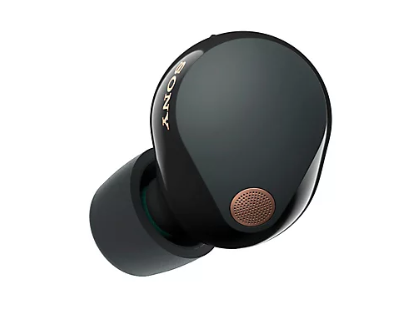
Battery Life Considerations
The 1000XM5s offer the same eight hours of continuous playback (24 hours with the case) as the M4s, with faster quick charging providing an hour of playback from just three minutes of charging. However, there have been reports of battery reliability issues with the M4s over time, documented in a well-maintained Reddit thread. These issues often emerge after extended use and were not apparent in initial reviews. Sony has been responsive in providing replacement units for affected customers, but it’s a point of caution as the M5s enter the market. The tiny batteries in wireless earbuds are consumable and might not last as long as expected, especially given their price. Sony does not offer an extended warranty for its headphones and earbuds, so considering retailer options for extended coverage is advisable.
Additional Features
The 1000XM5s retain IPX4 water resistance and multipoint connectivity, allowing pairing with two devices simultaneously without losing LDAC audio on an Android phone. The controls now include volume adjustments: tap four times on the right earbud and hold to increase volume, and do the same on the left to decrease it. While this involves frequent tapping, it has consistently worked in my tests.
The WF-1000XM5s: A Seamless Evolution
Sony’s WF-1000XM5s represent a natural progression in the company’s flagship earbud series. The standout improvement is comfort, as these earbuds fit more snugly and comfortably than any previous version, despite the new glossy finish that can be frustrating. The enhancements in active noise cancellation and sound quality are noticeable, even if they don’t redefine the experience. The ability to take calls confidently, without worrying about poor audio quality, marks these as the most comprehensive realization of Sony’s vision yet. However, the concern about battery longevity remains a point to monitor.
Ecosystem Limitations
Despite these advancements, a looming question remains: will the WF-1000XM5s maintain their appeal over the next couple of years as competitors like Apple, Samsung, and Google leverage their ecosystem strengths? These companies are increasingly rolling out software features and new audio experiences that are intrinsically tied to their phones and earbuds. Sony, on the other hand, struggles to keep pace with this integrated approach, and its execution often falls short.
A Solid Choice for Noise-Canceling Buds
For those seeking an excellent pair of noise-canceling earbuds that deliver rich, immersive, and full-bodied sound, the $300 WF-1000XM5s will not disappoint. However, Sony faces a critical challenge: what’s next? The WF-1000XM5s are impressive, but the path forward in a rapidly evolving market dominated by ecosystem advantages is uncertain.


